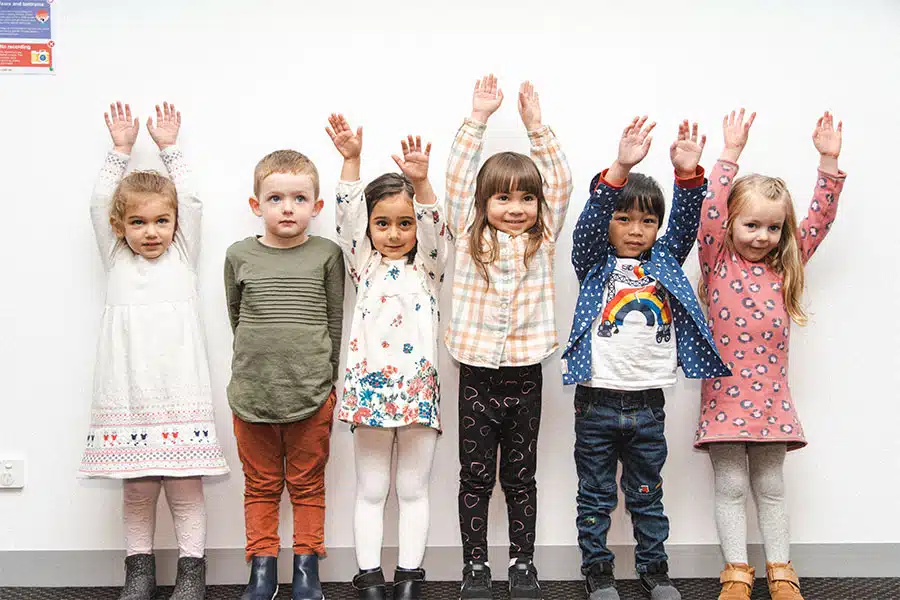We include various activities to do eye muscle training, based on your child’s age group.
Field of Vision

Field of Vision


For younger learners in our baby and toddler programs, we incorporate sound to help grab the children’s attention. As the children get older, we focus on using puppets and various toys until they can use our special eye muscle training worksheets independently to develop their field of vision.
Develop eye muscles
Doing eye muscle training regularly with young children helps to develop the muscles in their eyes. These muscles play a vital role in developing their concentration skills, ability to memorise and general vision. By improving a child’s eye movement alongside improving their peripheral vision, eye muscle training will eventually broaden the field of view in which they can absorb information.
Since our educational program trains the working memory in our students, eye muscle training naturally helps develop their vision to help them with our memory activities. We have experienced Shichida students having an increase in their working memory performance as well as their concentration as a result.
Benefits of Shichida field of vision eye muscle training
Eye muscle training provides several benefits for children’s visual development and overall well-being. By engaging in specific exercises and activities, children can improve their eye coordination, focus, and tracking abilities.
One key benefit is enhanced visual perception. Eye muscle training helps children develop better depth perception, spatial awareness, and the ability to accurately judge distances. This can positively impact their performance in various activities, such as sports, handwriting, and reading.
Moreover, eye muscle training supports academic success. Children with improved eye coordination and tracking skills can more effectively follow lines of text, reduce the risk of skipping words or lines, and maintain concentration while reading or studying. This can lead to improved reading comprehension, faster reading speed, and better overall academic performance. Eye muscle training also contributes to better eye-hand coordination and motor skills. Children who undergo such training are likely to have improved hand-eye coordination, which can aid in activities like writing, drawing, and playing sports.
Overall, eye muscle training provides children with essential visual skills that can positively impact their daily activities, academic performance, and overall visual development.
What your child will learn:

Book Trial Class
Shichida Australia’s early learning centre.